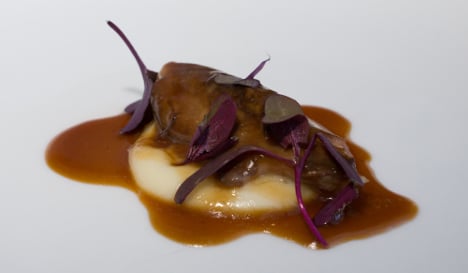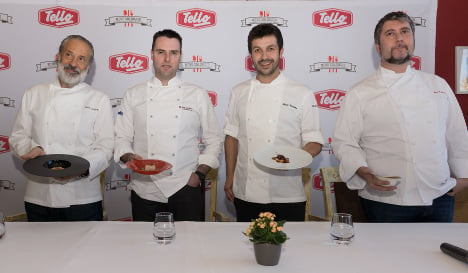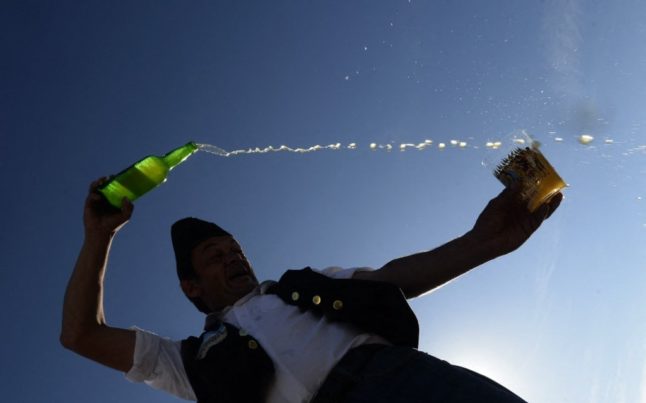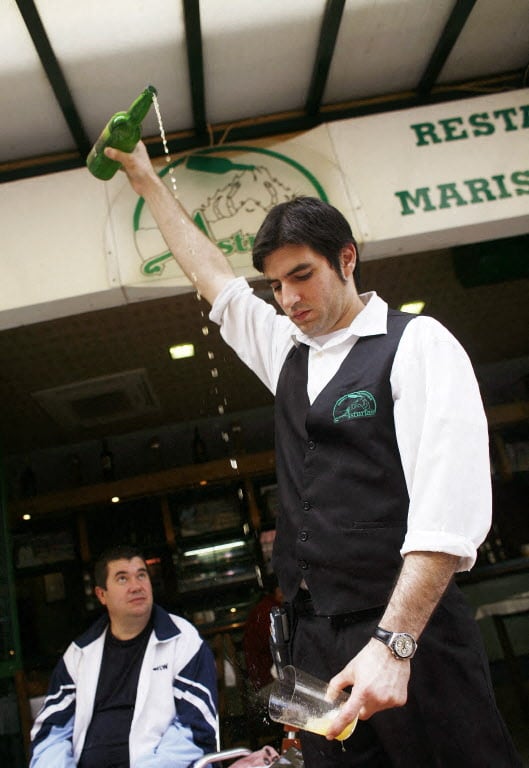The project – called Menus in Solidarity – was organized by Toledo-based meat company Tello.
It brings together five of the top chefs from the Spanish region of Castilla-La Mancha – Pepe Rodríguez of El Bohio, Manuel de la Osa of Las Rejas, Iván Cerdeño of El Carmen de Montesión, Fran Martínez of Maralba and José Carlos Fuentes of Tierra. Each has a Michelin star.
“It's an idea that's very important. I am delighted to help,” chef Rodríguez of El Bohio told The Local. “I am always delighted to help other people.”
Rodríguez said he and his kitchen team will set up at a local school to help prepare food for up to “hundreds”.
“All of the workers who form part of the Tello family are pleased to launch this initiative,” said Tello CEO Paulino Tello in a statement sent to The Local. “In this way, we want to encourage pride in belonging to something and motivate citizens to participate in projects like this.”
The project is preparing more than 1,000 meals for six soup kitchens around the region with dishes that will be easy to prepare, but unique, according to the company.
Each meal consists of four courses, using products from Tello. The first is an appetizer of turkey cannelloni with a spiiced vegetable salad. The second is a hot soup of giblets, egg and vegetables. The main dish will be a glazed ham hock with a potato parmentier, though this can also be substituted for chicken breast. The dessert will be arroz con leche – rice pudding.
“I hope that we can continue to do this,” Rodríguez said. “It's not just in December that people need this. People need help every day.”

The glazed ham hock with potatoes to be served at soup kitchens for Christmas. Photo: Industrias Cárnicas Tello.





 Please whitelist us to continue reading.
Please whitelist us to continue reading.
Member comments